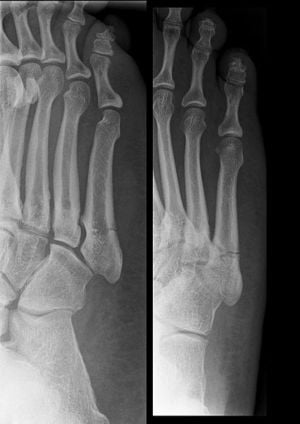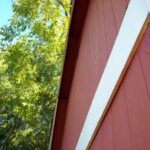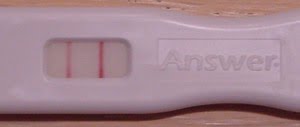Let’s face it, kids should be considered the absolute most clumsy, dare devilish, slightly insane little beings on the face of the planet. They will jump off of toys, jump off of swings and try to fly off of the barn roof. If you have a child like mine, you will definitely see broken bones every summer. Even my 4-year-old has broken his ankle jumping from the top bunk of his brother’s bunk bed.
Closed or Simple Fracture: A simple fracture is pretty much a crack in the bone. But it can be one of the most painful types of fractures. This skin remains intact, and there is not very much muscle damage in the area. There may be some bruising and will definitely be some swelling. But it can easily be treated. Growing up in gymnastics, I learned that this can be one of the most painful types of breaks.
Open or Compound Fracture: An open fracture is pretty much what its name says. As the bone breaks, the pieces separate and a portion or more than one portion breaks through the skin. With this type of fracture, urgent medical attention is necessary. There are chances of infection and also of severe bleeding. It is still not a reason to panic. Simply put gentle pressure on the injury site and go to the emergency room. The pressure will hurt, but the more you panic, the more the injured person is going to panic. When they panic, their blood pressure will go up, and they will bleed more. So try to remain calm.
Transverse Fracture: This type of fracture is interesting. This is caused when the bone is broken at a right angle across the bone. The healing of this type of fracture can take longer than others, especially if it is in the lower part of the body. Essentially, when weight is put on a transverse fracture of the lower limb, the fracture point can slide and re-fracture the site. The angle of the fracture makes it difficult to heal.
Greenstick Fracture: This fracture typically happens in children. Their bones are brittle and still not hardened. In this type of break, the bone bends and then breaks. This happens more often at the growth plate. This is the last portion of the bone to harden and typically does not harden until after puberty. When kids are young, their bones bend easily. It makes it easier for their body to bounce back after being hurt. Also, their bodies lack the necessary calcium to harden the bones. This is why it is so important to ensure that kids get enough calcium.
Comminuted Fracture: This type of fracture is the messiest of the fracture family. With this fracture, the bone breaks, and pieces of it pretty much shatter into three or more pieces. Usually, surgery is required to put these pieces back into place. However, sometimes it will heal on its own with the help of a cast.
Displaced Fractures: These are the types of fractures that have to be “set” by the doctor, meaning they have to be put back into place. The bone has moved completely from where it was or even slid a little to cause it to be out of place.
Nondisplaced fractures: This is where the bones have not moved from their original place after they have broken. This type of break can be easily set and a cast placed on it with ease and minimal pain.





